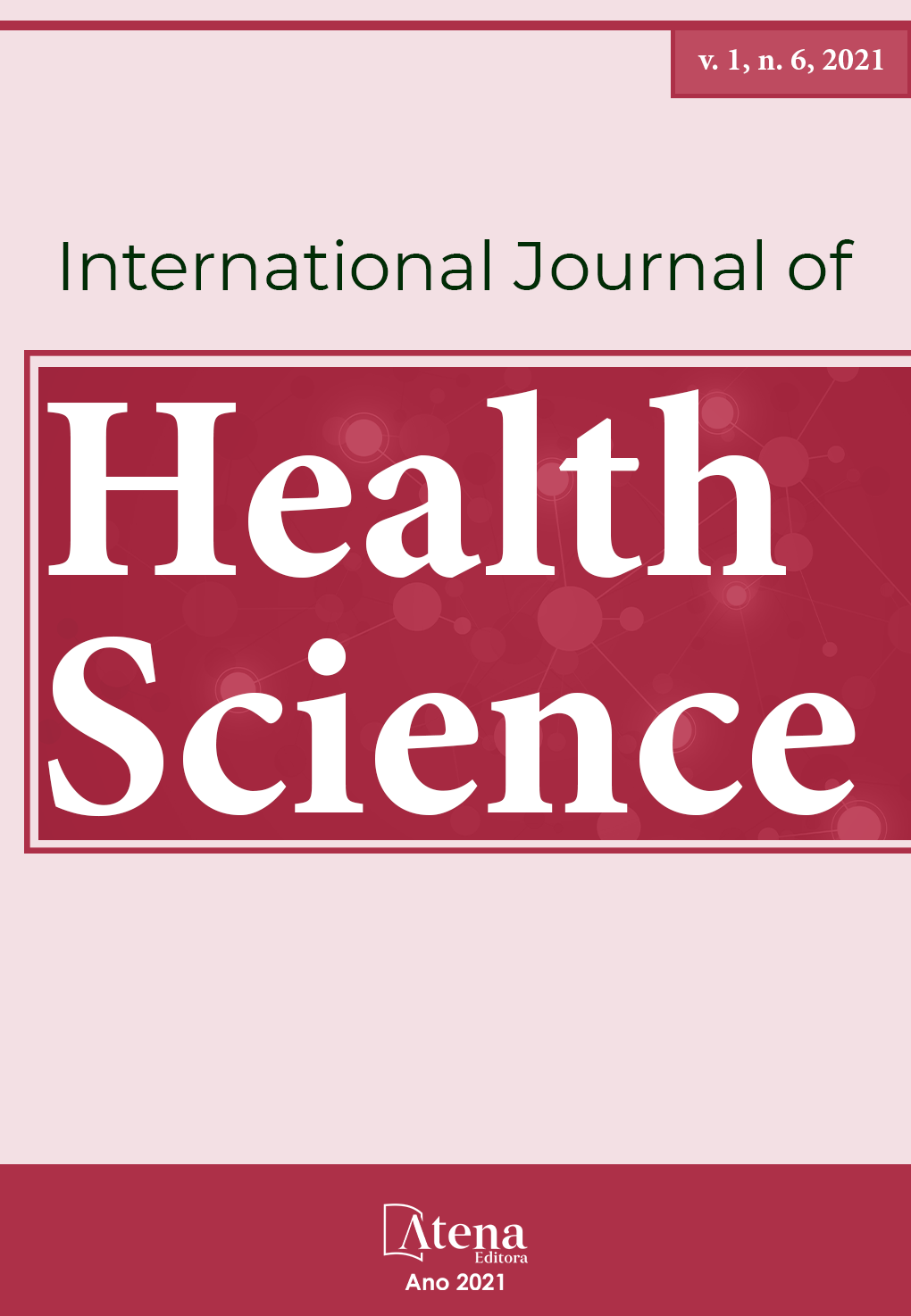
DIFFUSE TOXIC LEUKOENCEPHALOPATHY SECONDARY TO COCAINE USE: A CASE REPORT
A 27-year-old girl, presented with weakness of lower and upper limbs, acute and progressive onset, evolving with inability to walk, besides excessive sleepiness, unmotivated laughter and personality alteration after 7 days of exacerbated Cocaine use. Physical examination admission, she had Babinski, Tromner and Hoffman signs bilaterally, tetrasegmental grade 3 strength, apraxic speech, bradypsychism, and a puerile and uninhibited attitude. General laboratory tests, including infectious, were normal, and the CSF showed only mild proteinorrhea. MRI of the skull demonstrated axial FLAIR image with extensive bilateral supratentorial white matter hypersignal. No previous neurological or systemic complaints were reported. The patient spontaneously reported recreational use of marijuana and cocaine, with 25g of the latter being used approximately 7 days prior to the onset of symptoms. During hospitalization the patient evolved favorably, and after 9 months of the occurrence, she was living independently, with significant recovery of motor and behavioral symptoms. Discussion: Cocaine use is associated with a variety of neurological complications, classically involving cerebrovascular events. The cocaine-related toxic leukoencephalopathy (TL) is a rare condition, with few reports in the medical literature, and that may be related to an immune-mediated response mechanism. The onset of symptoms is usually subacute, and the most common symptoms being motor deficit, altered cognition and behavior. There appears to be no significant difference in risk between chronic cocaine abusers and first time users, as well as between individuals who snort cocaine and those who smoke it in the form of crack. Although, the patient presented a good evolution, the risk of serious neurological sequels is a high possibility, moreover, and the mortality of TL is approximately 23%, it is important to remove the use of the toxic substance ahead for a better future prognosis. Final comments: we report acute TL after recreational cocaine abuse in a young woman, its relevant this case for additional etiological knowledge to the neurologist, because the widespread substance use in today's society, should always be remembered in non-focal neurological symptoms, with compatible MRI, and no other commemorative, unless, the report of toxic substance use/abuse.
DIFFUSE TOXIC LEUKOENCEPHALOPATHY SECONDARY TO COCAINE USE: A CASE REPORT
-
DOI: 10.22533/at.ed.1592130118
-
Palavras-chave: LEUKOENCEPHALOPATHY ; DRUGS ; NEUROIMUNOLOGY
-
Keywords: LEUKOENCEPHALOPATHY ; DRUGS ; BRAIN
-
Abstract:
A 27-year-old girl, presented with weakness of lower and upper limbs, acute and progressive onset, evolving with inability to walk, besides excessive sleepiness, unmotivated laughter and personality alteration after 7 days of exacerbated Cocaine use. Physical examination admission, she had Babinski, Tromner and Hoffman signs bilaterally, tetrasegmental grade 3 strength, apraxic speech, bradypsychism, and a puerile and uninhibited attitude. General laboratory tests, including infectious, were normal, and the CSF showed only mild proteinorrhea. MRI of the skull demonstrated axial FLAIR image with extensive bilateral supratentorial white matter hypersignal. No previous neurological or systemic complaints were reported. The patient spontaneously reported recreational use of marijuana and cocaine, with 25g of the latter being used approximately 7 days prior to the onset of symptoms. During hospitalization the patient evolved favorably, and after 9 months of the occurrence, she was living independently, with significant recovery of motor and behavioral symptoms. Discussion: Cocaine use is associated with a variety of neurological complications, classically involving cerebrovascular events. The cocaine-related toxic leukoencephalopathy (TL) is a rare condition, with few reports in the medical literature, and that may be related to an immune-mediated response mechanism. The onset of symptoms is usually subacute, and the most common symptoms being motor deficit, altered cognition and behavior. There appears to be no significant difference in risk between chronic cocaine abusers and first time users, as well as between individuals who snort cocaine and those who smoke it in the form of crack. Although, the patient presented a good evolution, the risk of serious neurological sequels is a high possibility, moreover, and the mortality of TL is approximately 23%, it is important to remove the use of the toxic substance ahead for a better future prognosis. Final comments: we report acute TL after recreational cocaine abuse in a young woman, its relevant this case for additional etiological knowledge to the neurologist, because the widespread substance use in today's society, should always be remembered in non-focal neurological symptoms, with compatible MRI, and no other commemorative, unless, the report of toxic substance use/abuse.
-
Número de páginas: 3
- Ricardo Tavares Daher
- Vitor Oliveira Machado
- Daniel Botelho Mariano
- Angelica Bruschi Cappellesso
- Lisa Pena Bueno de Moura
- Jose Alberto Alvarenga
- Fernando Elias Borges
- Raissa Sonoda Pinheiro


